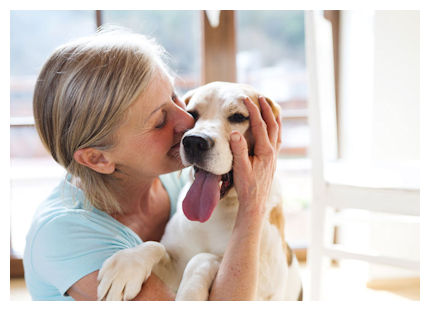- Each patient in our care for a general anesthesia will be sedated first. This is a simple injection, similar to getting a vaccination. Most pets do not react to this small needle.
- Once they are sedated (just peaceful and calm), we will place an IV catheter (usually in a front or back leg) and tape that into place.
- Then a slow IV drip maintains this IV port for easy delivery of IV medications and fluids when needed.
- Patients are placed on heated water beds during the procedure (and later also in recovery) to keep them warm.
- “Anesthetic induction” refers to the next step, the administration of an IV drug that puts them into an unconscious state.
- When the patient is unconscious, an endotracheal tube is placed into the trachea (the windpipe)
- Anesthetic gas and oxygen is delivered from the anesthetic machine into the patient through the endotracheal tube. The amount of anesthetic gas is adjusted moment by moment, depending on the patient’s anesthetic depth and various parameters being monitored.
Several monitoring tools are used to assess the patient during the full length of the procedure.
These include:
- capnography = measuring carbon dioxide levels to help assess respiration (breathing)
- blood pressure monitoring
- pulse oximetry = indirect monitor for oxygen levels in the bloodstream
- esophageal thermometer readings = for monitoring body temperature
- ECG, if needed, will monitor the heart muscle’s conductivity and rhythm.
- Also, of course, basic monitoring of the patient’s anesthetic depth and vital signs are charted throughout.
- Local anesthetics and/or pain medications are administered to decrease the amount of anesthesia required, and these also help to produce a more comfortable recovery.
We are very focused on the quality of care your pet receives during anesthesia, recovery, and all their procedures and interactions in our hospital.


Recent Comments